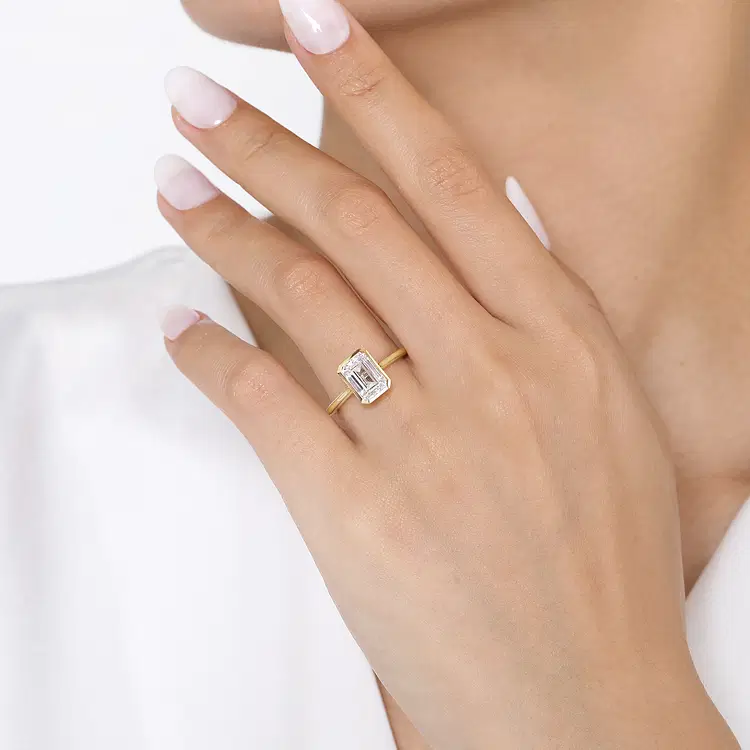Engagement ring shopping is truly a significant event in life, but it is best to admit that it can be a bit scary as well. When you are spending that much money (not mentioning that it is a diamond ring, so it is very sparkly there as well) on an item, it is important to be aware of what exactly you are purchasing.
Through these, enter the 4 Cs of Cut, Color, Clarity, and Carat. These four aspects decide the value and quality of diamond engagement rings, and knowing about them will enable you to pick a ring that is as bright as your love story.
1. Cut: The Sparkle Factor
Cut is by far the most important of the 4 Cs- it will determine how the diamond will sparkle. The properly designed diamond also shines very well because of the amazing quality of the refraction of the light. Round brilliant, princess, cushion, and oval cuts are among some of the most popular cuts; what makes these engagement rings the most brilliant is the artistry behind the cut.
Cut and shape should not be equated; cut has everything to do with the proportions, symmetry, and polish of the diamond.
Many shoppers fall in love with a diamond based on how it catches the light, and this is why cut matters so much when it comes to diamond engagement rings. Even a diamond with perfect color and clarity will look dull if it’s poorly cut.
2. Color: The Whiter, The Brighter
The diamonds also are of a variety of different colors, and in the most traditional surroundings, the less the color, the better the diamond. Gemological Institute of America (GIA) rates diamond color D-Z (totally colorless to the obvious yellow or brownish tinge).
D-F grades are rarer and consequently much more costly, although a near-colorless grade (G-J) may be cheaper and beautiful, particularly when placed in yellow or rose gold that hides imperceptible shade differences.
Color can also play a role in unique styles like vintage engagement rings, where warmer-toned diamonds complement antique-inspired designs beautifully.
3. Clarity: Perfectly Imperfect
Clarity can be used to define whether a diamond is clean on the inside and outside. The vast majority of diamonds will include inclusions or blemishes, the way we have birthmarks. These are normally microscopic and cannot be seen with the naked eye to have an impact on the beauty of a diamond. The grading on clarity is flawless (impeccable), included (imperfect).
The preferred option for most individuals is to make use of a diamond having a Slightly Included (SI1 or SI2) clarity since it gives them the best balance between beauty and price. An eye-clean looking diamond says Great job! (No inclusion when looking with the naked eye).
4. Carat: Size Matters—But So Does Balance
Carat denotes the weight of a diamond and not its size. A heavier carat weight normally translates to a diamond that looks bigger, but two diamonds of the same carat may look very different based on their cut and shape. It is all about what is balanced and fits well on your hand- that looks good, and is affordable.
If you’re drawn to timeless romance and delicate details, vintage engagement rings often feature smaller center stones surrounded by intricate settings, proving that carat weight isn’t everything.
Finding the Ring That’s Perfect for You
Learning about the 4 Cs can assist you with wiser shopping and discovering the optimal ratio of beauty, quality, and your style. Some buyers are size-conscious, whereas others are wooed by sparkle or clearness. It does not have a definite solution, and that is the thing of delight of diamond engagement rings.
The thing is, you can either go crazy about all modern glamour or be blinded by the beauty of vintage engagement rings, so the choice is yours, but the knowledge that you now have can allow you to pick a ring that can best express your love. Well, what is the most crucial “C” of this equation? Commitment. All that you have discussed.

